Force Majeure
Regarding the protection of national treasures, many experts in the field and some art curators believe that there needs to be a solution to form a team of protection worthy of the treasures. In addition, the classification of national treasures and division into permanent and periodic exhibitions also needs to be calculated to ensure absolute safety for the country's top heritages.
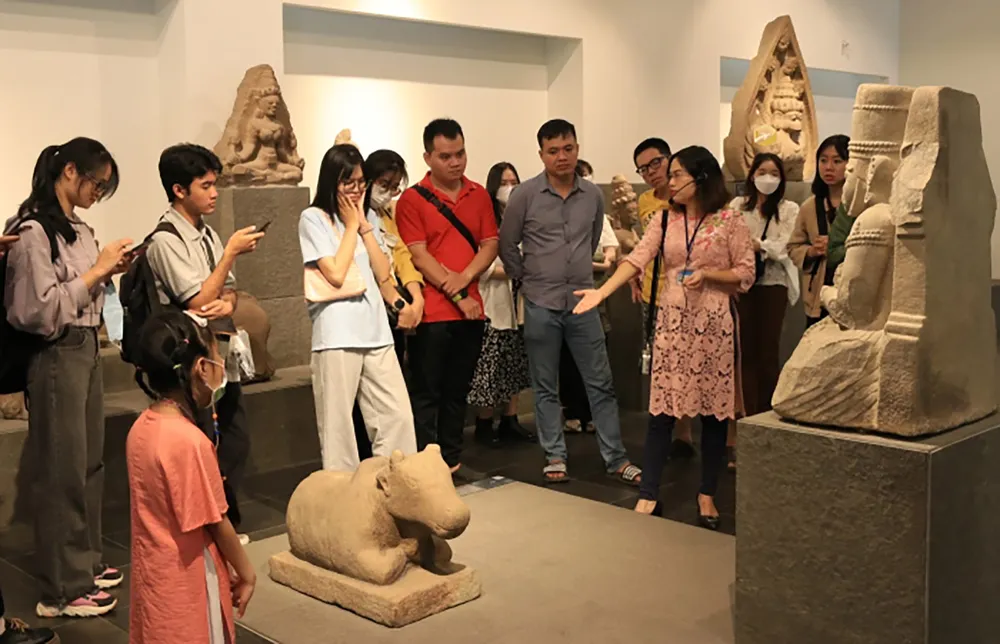
However, most of all, it is still from human consciousness, this lesson many countries in the world also face similar situations. China, one of the countries that owns heritage and has the world's leading conservation work, however, at the end of May, a tourist (later determined to have a mental illness) climbed over the fence, jumped into a hole and knocked over two terracotta statues at the Qin Shi Huang Mausoleum in Xi'an, China. The two terracotta warriors and horses that fell and broke were about 2,000 years old, and were planned for level 2 protection by this country.
Or the Mona Lisa, a world-class masterpiece, is strictly and professionally protected with bulletproof glass, surveillance technology equipment and a team of professional security guards, but most recently, in early 2024, a group of tourists also threw soup on the protective glass of the painting, under the pretext of protesting for the climate. Before that, this masterpiece also encountered many hardships: being stoned, having teacups thrown, having cake smeared on it... Although these vandalism situations do not directly affect the work, the risk is always lurking.
It can be seen that the solution of monitoring technology and security team is almost the highest measure that can be deployed to keep the treasures safe. However, there are still risks, a curator in Ho Chi Minh City expressed: "I have visited the terracotta statue area at the tomb of Qin Shi Huang, here they deployed nearly 3,000 security guards, standing very densely. But in the case of a mentally ill tourist, it is difficult to handle in time."
Preventive maintenance and risk forecasting
According to experts, most museums and relic sites still choose to display originals for national treasures and valuable artifacts, because displaying originals is the "strength" of the museum, both affirming the value of the collection and creating authentic emotions for viewers. Therefore, investing in modern technical measures to protect original artifacts is extremely necessary, to ensure absolute safety and preserve the original value in the display.
The exhibits are made of materials such as sandstone, copper metal and wood with different mechanical and chemical characteristics, requiring separate ideal environments for each material group. In particular, metal and wood artifacts, mostly due to their ancient age, cannot avoid deterioration over time such as oxidation, decomposition, the impact of heat and humidity from the environment and the invasion of insects such as termites, moths, etc.
Dr. Hoang Anh Tuan (Director of the Ho Chi Minh City Museum of History, which currently houses 12 national treasures) shared: “In preservation work, prevention is an important step to ensure the best longevity of artifacts. Preventive preservation creates an ideal environment for artifacts through environmental control, temperature, humidity and must maintain stability. Currently, the museum still does not have the funds to build a special preservation and care regime for national treasures, so environmental control work still faces many difficulties to achieve the required technical parameters. Treasures are directly affected by the environment, temperature changes from unusual weather easily cause the molecular tissues of artifacts to expand and contract, as well as create the growth of fungi, mold and insects, causing damage and affecting the durability of treasures”.
Regarding the preservation of artifacts to maintain their durability over time, Dr. Pham Quoc Quan (member of the National Cultural Heritage Council, former Director of the National Museum of History), said: “In addition to protection solutions, we also need to develop detailed response scenarios to promptly handle any bad or unusual situations that may occur such as human impact, natural disasters, technical incidents... At the same time, we must also ensure a mechanism for direct, quick, and effective communication and connection between individuals and units responsible for protecting artifacts and national treasures.”
Source: https://www.sggp.org.vn/bao-ve-bao-vat-quoc-gia-xay-dung-kich-ban-ung-pho-chi-tiet-post798023.html








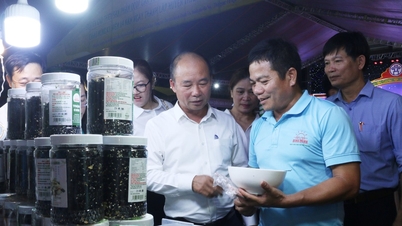

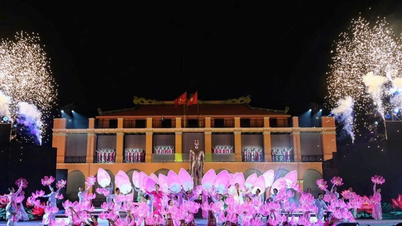


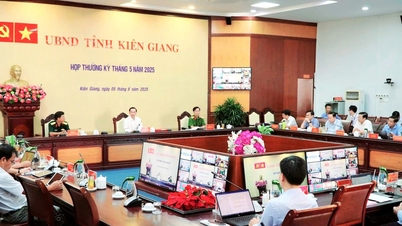
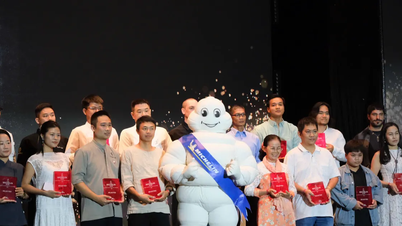
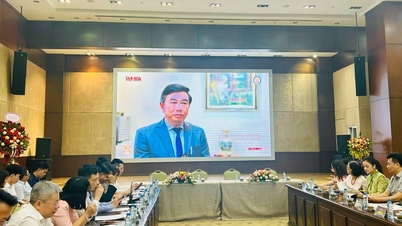




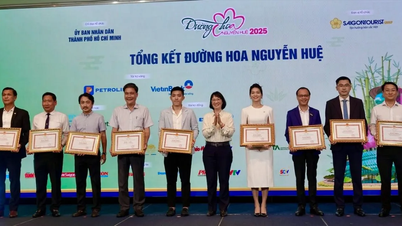
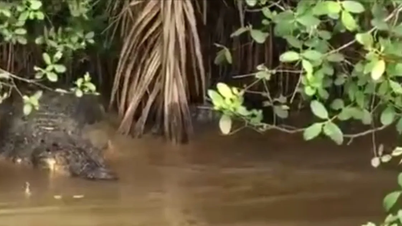



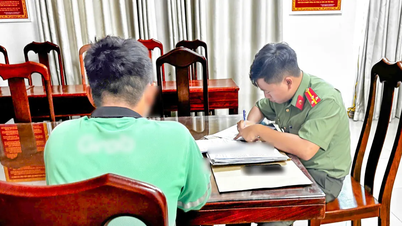





































































Comment (0)